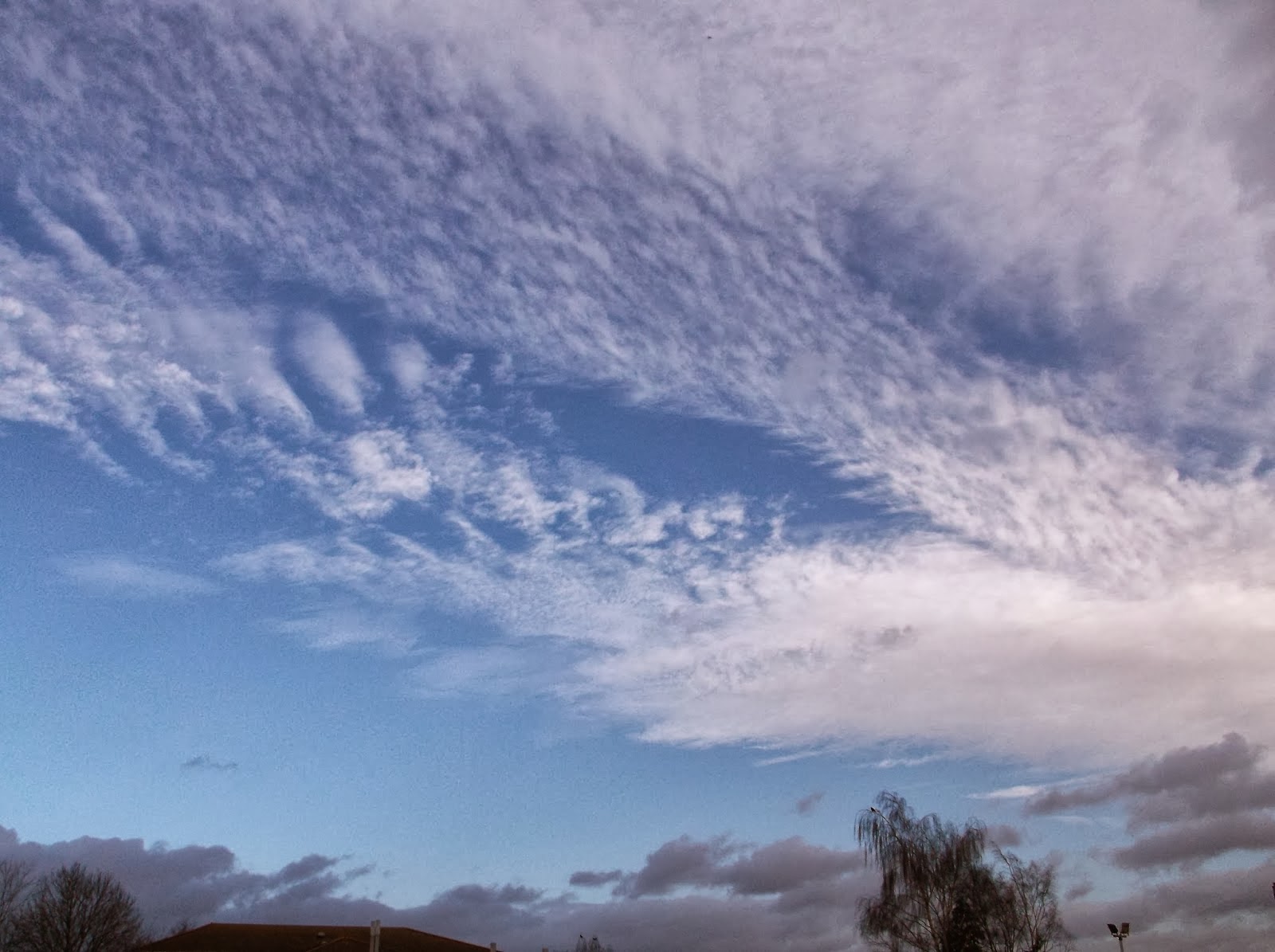 |
| With this photo I added the filter "halftone pattern" in Photoshop I think this improved the photo and made it more interesting, as it gives it one single colour scheme, with different shades of blue.The textures aren't improved, but there are some more interesting patterns. the clouds are more flat, creating a mottled effect. I think the silhouette of the bushes and the trees create a nice pattern. |
Friday, 31 January 2014
Filters
Monday, 27 January 2014
Close-Ups
Wide Shots
Thursday, 23 January 2014
Organising Photos
Monday, 20 January 2014
Adjusting an Image
 |
| This is the original image that I decided to edit. |
 |
| For this one I liked the effect because it draws attention to the balloons. There's lots of colour on the balloons which contrasts well with the black and white background. |
Thursday, 16 January 2014
How to Upload/Manipulate/Store Photos
Thursday, 9 January 2014
The Rule of Thirds
 |
I took a photo that was
framed badly, and didn’t follow the rule of thirds. The main subject of the
photo was in the centre of the image.
|
School Photos
 |
| I like this photo because of the way the ivy frames the sides. Unfortunately, our school isn't very colourful (especially in this winter) so colours aren't as evident in these photos. |
 |
| I like this photo because of how the grey seagull stands out against the white-coloured sky. I also like how the branches of the tree are silhouetted against the sky in a pattern. |
 |
| I think this photo has a more 3D aspect to it, and I think this makes the photo look better. I like the way the building takes p most of the shot, and the use of lines in this photo. |
Subscribe to:
Comments (Atom)




















